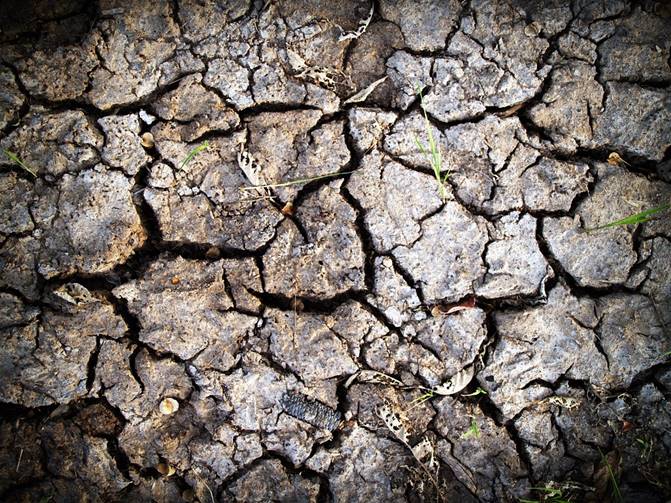
Soil
Learning Objective
Students will be able to identify and describe the characteristics and
importance of soil, including its diverse appearances, the presence of living
organisms, and its role in supporting plant life.
Overview
Have you ever stopped to think about what makes soil so fascinating?
Well, get ready to discover the secrets hidden beneath our feet! Soil is
an extraordinary substance that comes in various colors like brown, yellow,
red, and it can even be crumbly, wet, or sticky. It's not just a simple mixture
of dirt; it's a dynamic world where plants thrive, and many animals find their
homes. In fact, soil is essential for the survival of people, plants, and
animals alike.
You might be surprised to learn that soil exists everywhere, even in
bustling cities where it's not always visible to the naked eye. Just think
about it: the very foundations of our houses, apartments, schools, roads, and
sidewalks are built upon this precious resource. Although it might seem hard to
believe, just a handful of soil can feel soft and crumbly, like it's made up of
loose, delicate particles. But here's a mind-boggling fact: the main ingredient
in soil is rock! Yes, you heard that right. Rocks play a crucial role in the
formation of soil. Sometimes, you can even spot sizable pieces of rock within
the soil, but the majority of them are tiny grains, so minuscule that they often
escape our notice.

Key Words
Ingredient
|
One of the substances that something is
made from
|
Microscope
|
A
tool used to see things that are too small to see with the eyes alone
|
Microbes
|
Tiny living things that can only be seen
with a microscope
|
Organic
|
A material that was once living, such as
dead leaves or the body of an animal
|
What’s Living in
Soil?
Did you know that even though the ingredients that make-up soil may not
be alive, there's actually a lot of life teeming within it? Soil is a
bustling ecosystem, bustling with creatures big and small. Let's explore the
fascinating world of soil and discover the amazing life that calls it home! If
you were to take a close look at the soil, you would find a multitude of
creatures. Ants, millipedes, worms, and many other animals make their homes in
the soil. These tiny creatures play important roles in the soil ecosystem. They
help to break down decaying leaves and other organic material, turning them
into nutrients that plants need to grow.
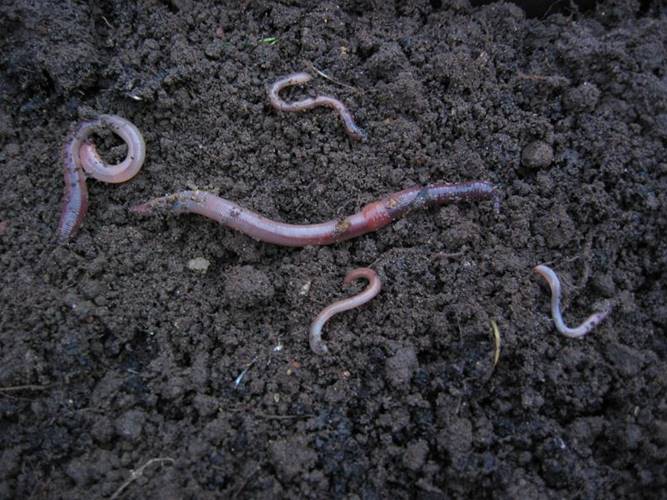
But wait, there's more! Have you ever heard of microbes? Microbes are
living things that are so small, we can't see them without the help of a
microscope. These microscopic organisms are like the hidden heroes of the soil.
They play a vital role in breaking down organic material and recycling
nutrients. Just imagine, in just one handful of garden soil, there are more microbes
than there are humans on Earth! That's a lot of tiny living things! Microbes
come in different types, such as bacteria and fungi. Each type has its own
special job in the soil. Bacteria help break down dead plants and animals,
while fungi help decompose tougher materials like wood. They work together to
transform these materials into nutrients that plants can use to grow healthy
and strong. Not only do microbes help with nutrient recycling, but they also
improve soil structure. They produce substances that help bind soil particles
together, making the soil more crumbly and able to hold water. This is
important for plants because it allows their roots to grow and access the water
and nutrients they need.
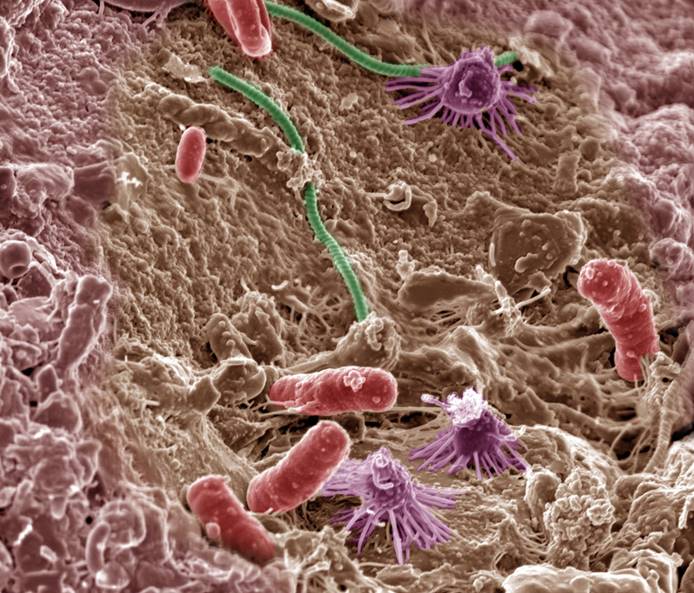
Soil is truly a bustling community of living organisms, working together
to create a healthy environment for plants to thrive. Next time you see a patch
of soil, remember that beneath the surface lies a world filled with tiny
creatures and microscopic heroes. It's a reminder of how interconnected and vibrant
our natural world is, even in the seemingly ordinary soil beneath our feet.
Let’s Practice
Types of Soil
Did you know that all soil is made up of rock and organic material, yet
it comes in a variety of appearances? Soil is like a world of its own, with
different landscapes and colors depending on its ingredients. Let's take a
closer look at the diverse nature of soil and how its unique mixtures create
its many appearances. Imagine you're standing in a desert, surrounded by vast
stretches of dry land. The soil beneath your feet might have a distinct orange
hue. Why is that? Well, that's because it contains tiny bits of orange rock.
The minerals present in the rock give the soil its characteristic color. So,
desert soil looks different from other types of soil due to the presence of
specific rocks in its composition.
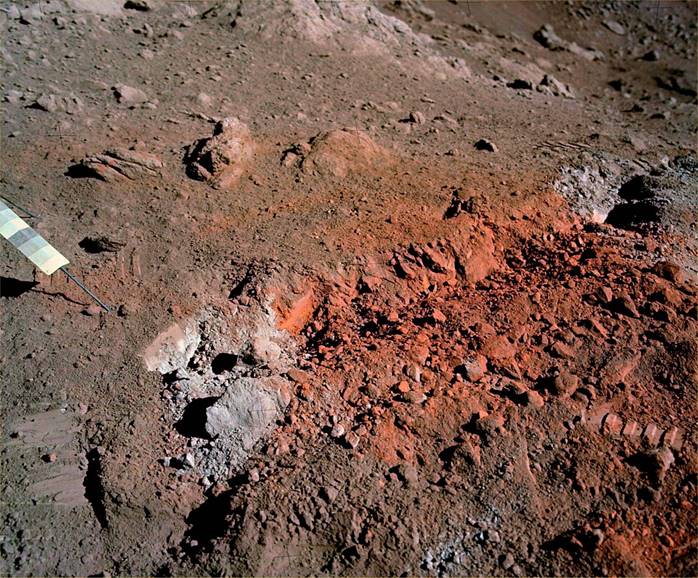
Now, let's venture into a forest. As you walk through the lush greenery,
you may notice that the soil beneath the trees looks dark and squishy. This
dark soil is called humus, and it's formed from wet, rotted leaves and other
organic matter. Unlike desert soil, forest soil has very little rock in
it. The decomposed leaves provide nutrients for the plants to grow, and they
give the soil its dark appearance.
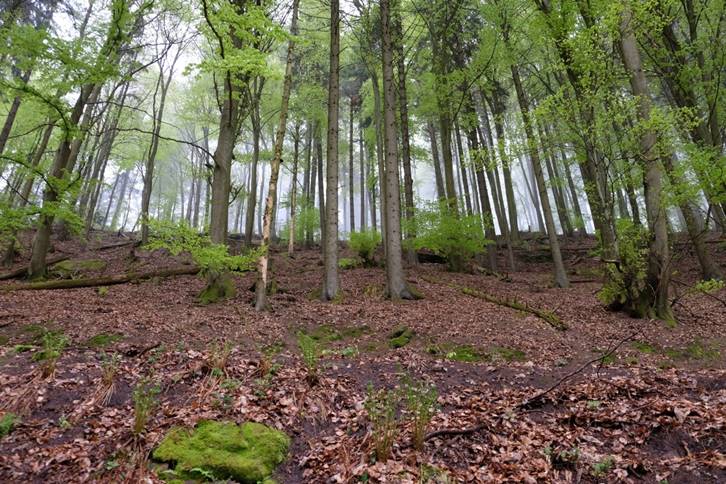
Soil can also have various other appearances depending on its
ingredients and the environment in which it forms. For example, soil in coastal
areas may contain shells and sand, giving it a pale, sandy texture. In
wetlands, the soil may be rich in organic material and have a dark, muddy
appearance. Each type of soil has its own unique blend of ingredients,
resulting in different colors, textures, and characteristics. The mixtures of
ingredients in soil play a crucial role in supporting plant life. They
determine how well the soil retains water, provides nutrients, and allows roots
to grow. Some soils are better suited for certain plants, while others may be
more challenging. Farmers and gardeners study soil types to understand which
plants will thrive in different environments.
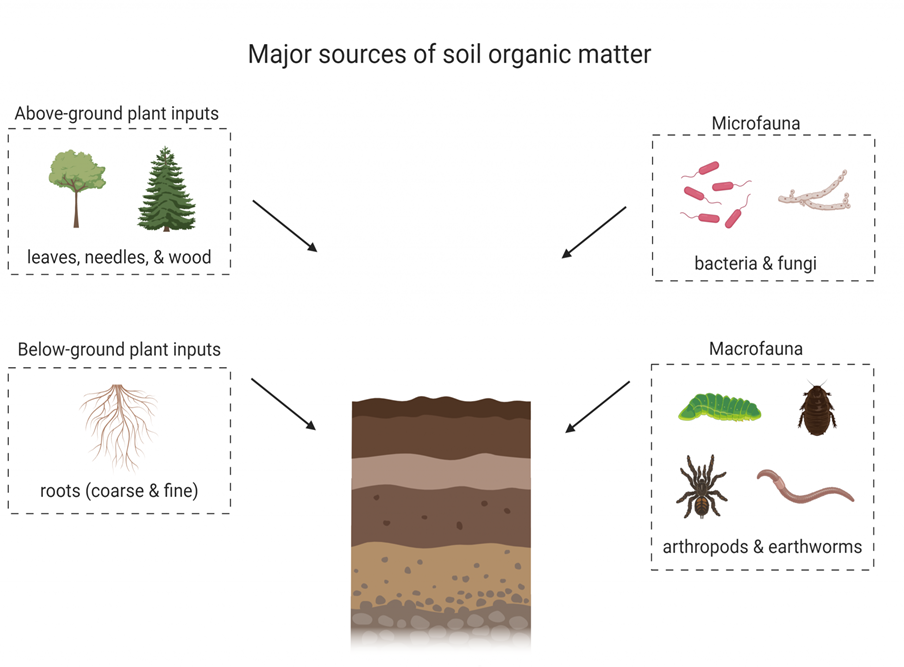
So, the next time you come across soil with different appearances,
remember that it's the diverse mixtures of rock, organic material, and other
ingredients that give soil its unique characteristics. Whether it's the orange
soil in the desert or the dark, squishy soil in the forest, each type has its
own story to tell. So, take a moment to appreciate the wonders beneath your
feet and the incredible diversity that exists in the world of soil.
Let’s Practice
What’s Soil Made of?
Click on the slides below to read about soil!